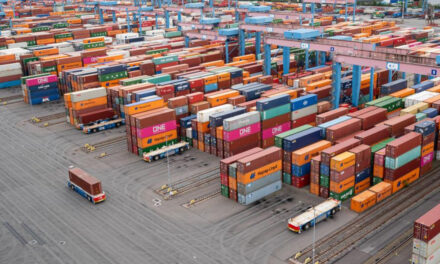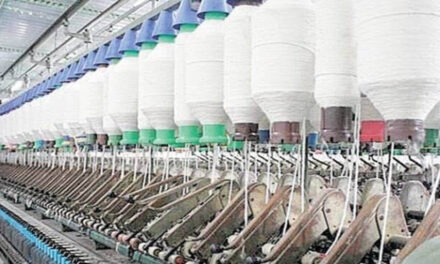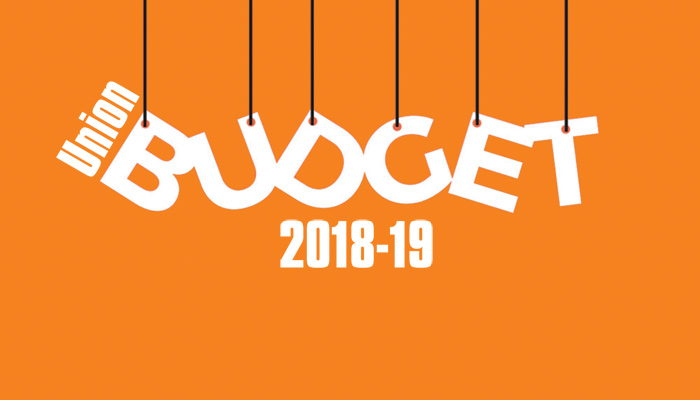 India Ratings and Research (Ind-Ra) recently revised its gross domestic product (GDP) growth forecast for fiscal 2019-20 for India to 5.6 percent, which will require government heavy lifting. It had revised this forecast about a month back to 6.1 percent. The new projection suggests GDP growth is likely to be 4.7 per cent in the second quarter of the current fiscal.
India Ratings and Research (Ind-Ra) recently revised its gross domestic product (GDP) growth forecast for fiscal 2019-20 for India to 5.6 percent, which will require government heavy lifting. It had revised this forecast about a month back to 6.1 percent. The new projection suggests GDP growth is likely to be 4.7 per cent in the second quarter of the current fiscal.
This fourth revision became inevitable as the high-frequency data now suggests that the agency’s estimate of fiscal 2019-20 second quarter GDP growth coming in a little higher than 5 percent is unlikely to hold, Ind-Ra said in a statement. Despite favourable base effect, declining growth momentum suggests that even the second half of this fiscal will now be weaker than previously forecast and is likely to come in at 6.2 percent.
Though government expenditure did not witness much traction in the first quarter due to parliamentary elections, it picked up significantly in the second. Combined capital and consumption expenditure of Central and 20 State Governments in the second quarter grew by 37.8 percent and 20.1 per cent respectively, and Ind-Ra expects that to continue in the second half, leading to central government’s fiscal deficit coming in at 3.6 per cent of GDP.
If the Central Government adheres to the budgeted fiscal deficit of 3.3 percent of GDP by cutting or rolling over expenditure, then Ind-Ra believes the 2019-20 GDP growth could be even lower than 5.6 percent. Private final consumption expenditure (PFCE) growth is now expected to grow 4.9 percent this per fiscal against the previous forecast of 5.5 per cent, and significantly lower from 8.1 per cent in 2018-19, and the slowest since 2012-13.
The ongoing agrarian distress and dismal income growth so far, coupled with subdued income growth expectation in urban areas have weakened the consumption demand considerably. Even investment expenditure growth, as measured by gross fixed capital formation (GFCF), is expected to moderate to 6.0 per cent this fiscal (earlier forecast 7.0 per cent) from 10.0 per cent in the previous fiscal, which will be a five-year low.
Wholesale and retail inflation are likely to remain benign; although some pressure on this front may emerge from the rising inflation on select food items. Ind-Ra expects inflation based on the wholesale price index and consumer price index to come in at 1.5 per cent and 3.9 per cent, respectively this fiscal.
Despite rising inflation in select food items, relatively weak demand conditions have kept the pricing power of manufacturing sector under check. The current growth-inflation dynamics, therefore, still provides some more headroom to the Reserve Bank of India and Ind-Ra expects another rate cut of 25 basis points in the December 2019 monetary policy review.








